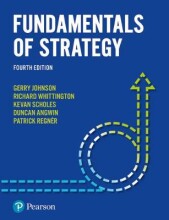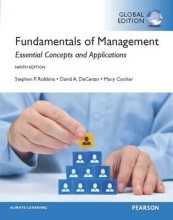Industry and sector analysis - The competitive factors
8 important questions on Industry and sector analysis - The competitive factors
What are key determinants of profitability?
- When competition and buyer and supplier strengths are low, there is a little threat of new competitors and good profits should be expected.
What 5 factors tend to define the extent of rivalry in an industry or market?
- Competitor concentration balance. When competitors are numerous or of equal size and power, increase in rivalry. E.g through aggressive price cuts. Less rivalrous means one or two dominant organisations.
- Industry growth rate. Strong growth means organisations can grow as well. Slow growth means that organisations face resistance when growing. Low grow markets thus have low profitability.
- High fixed costs. Industries with high fixed costs have high rivalry.
- High exit barriers. Increases rivalry.
- Low differentiation. Increases rivalry because only can compete on price. E.g petrol.
What are 5 important entry barriers?
- Scale and experience
- Access to supply or distribution channels
- Expected retaliation
- Legislation or government action
- Establishment advantage
- Higher grades + faster learning
- Never study anything twice
- 100% sure, 100% understanding
In what 4 conditions is buyer power high?
- Concentrated buyers, meaning few large buyers. E.g. for milk, just a few retailers dominate the market. Also when a product accounts for a high percentage of the buyers total percentage.
- Low switching costs. E.g. steel.
- Buyer competition threat. If a buyer can supply itself or can acquire such a capability.
- Low buyer profits and impact on quality.
What is a complementor?
What are the issues to consider when defining the industry?
- Must not be defined too broad or narrow.
- Broader industry value chain needs to be considered.
- Most industries can be analysed at different levels.
What is the aim of the Five Forces analysis?
What are the implications of the five forces?
- Which industries to enter (or leave)?
- How can the five forces be managed?
- How are the competitors affected directly?
The question on the page originate from the summary of the following study material:
- A unique study and practice tool
- Never study anything twice again
- Get the grades you hope for
- 100% sure, 100% understanding
































